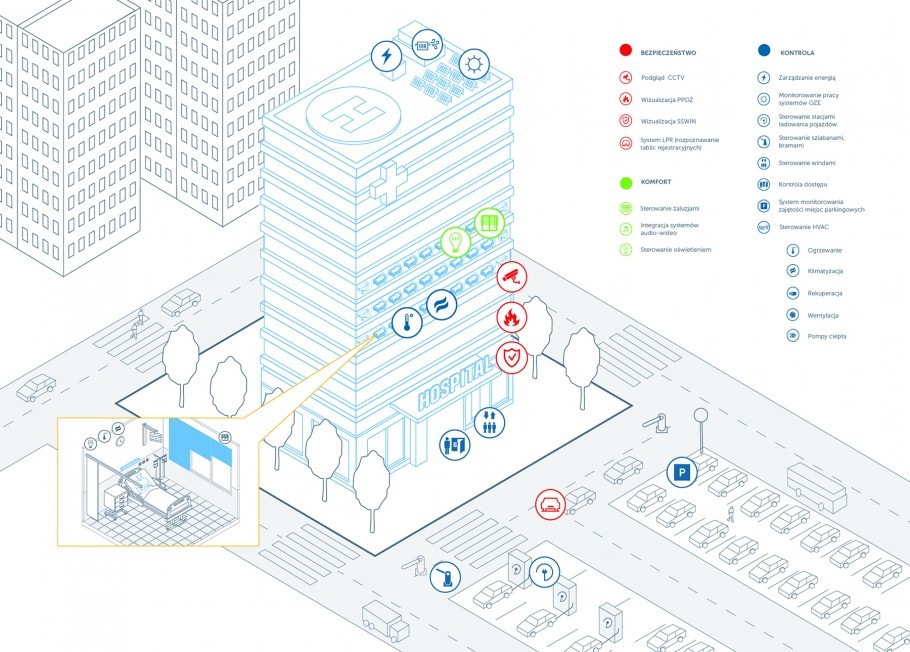Modern medicine is an area of continuous development, where what previously seemed like a science fiction script is now becoming an everyday reality.
It turns out that high-precision and critical tasks can also be performed by a machine, and the brain and labour of human hands can be replaced by smart technology.
This is a good way to go, especially today, in a pandemic reality and at a time when thoughtful solutions are needed to improve care for the older generation, and patients' needs are becoming more specific.














